As Above, So Below? The Seedbank of an Urban Canal
If you are a Denverite and like to walk, you might be familiar with the High Line Canal that runs through the city. The 71 miles of this old irrigation canal make it one of the longest urban trails in the U.S. In addition to serving us as a recreational corridor, the High Line Canal also serves as habitat for local flora and fauna. In a time of rapid urbanization and environmental change, it is important to think about the future of urban greenspaces like the canal.
I am a graduate student in the integrative biology program at the University of Colorado, Denver, with my research advisor, Dr. Chrissy Alba, based at Denver Botanic Gardens. My interests lie in community ecology, disturbance and conservation. For my graduate thesis, I am researching a one-mile section of the High Line Canal that is being outfitted to serve as green stormwater infrastructure (GSI). This GSI aims to divert urban stormwater run-off into the canal and hold the water in place for a period of time, ideally to prevent flooding, improve bank infiltration and improve downstream water quality. This increase in flooding in the bed of the canal, expected to add 100 days of standing water each year, will in turn affect the plant communities that exist on the canal bank. How the plant community responds to this flooding disturbance is affected by the existing vegetation and the seeds that reside in the soil, known as the soil seed bank. The soil seed bank acts as stored biodiversity potential for this area, in the way that a library serves as stored potential for learning, with each book waiting to be read—each seed is waiting to be germinated. The species composition of the germinating seeds will affect the diversity and functioning of this important urban ecosystem.
The species composition of the existing vegetation (above) often differs from the soil seed bank (below), more or less so depending on the type of habitat you are in. How similar they are can determine the habitat’s capacity for change. I want to know what this capacity for change looks like, so I am germinating these seeds from soil samples taken from this section of the canal in a greenhouse at Chatfield Farms. I have had over 700 seeds germinate! I am working on identifying these plants and then will look at how similar the species composition is to the existing vegetation, and how they function in an ecosystem: Are they invasive or native? Wetland species or upland species? Do they have traits that will help with the intended goals of the GSI—such as flooding control, increasing bank infiltration, and water quality?
I hope this exploratory case-study will add an ecological context for those of us who enjoy walking along the canal, provide information for land management of the canal and aid in developing our scientific understanding of disturbance ecology in urban spaces.
Whatever I end up finding, it has been an incredible experience to see the abundance of life that can bloom from a couple handfuls of soil. It reminds me of the potential that exists under the surface, out of sight; and to believe in the ability for change to happen—even if all you can see is dirt.
This article was contributed by graduate student Alissa Iverson.
Gallery
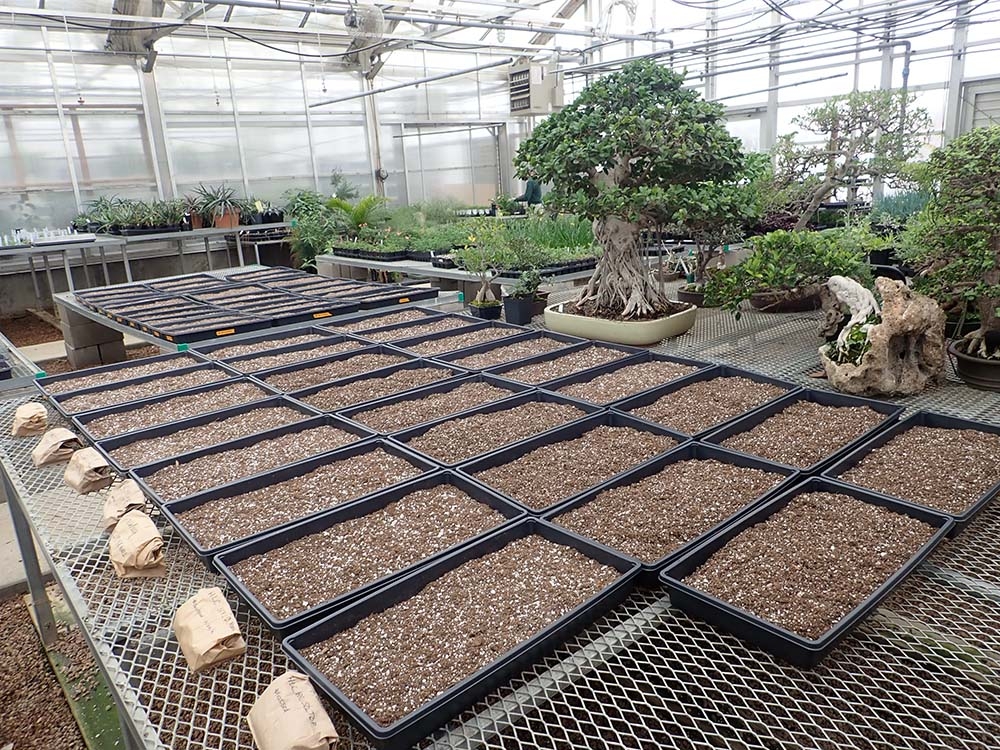
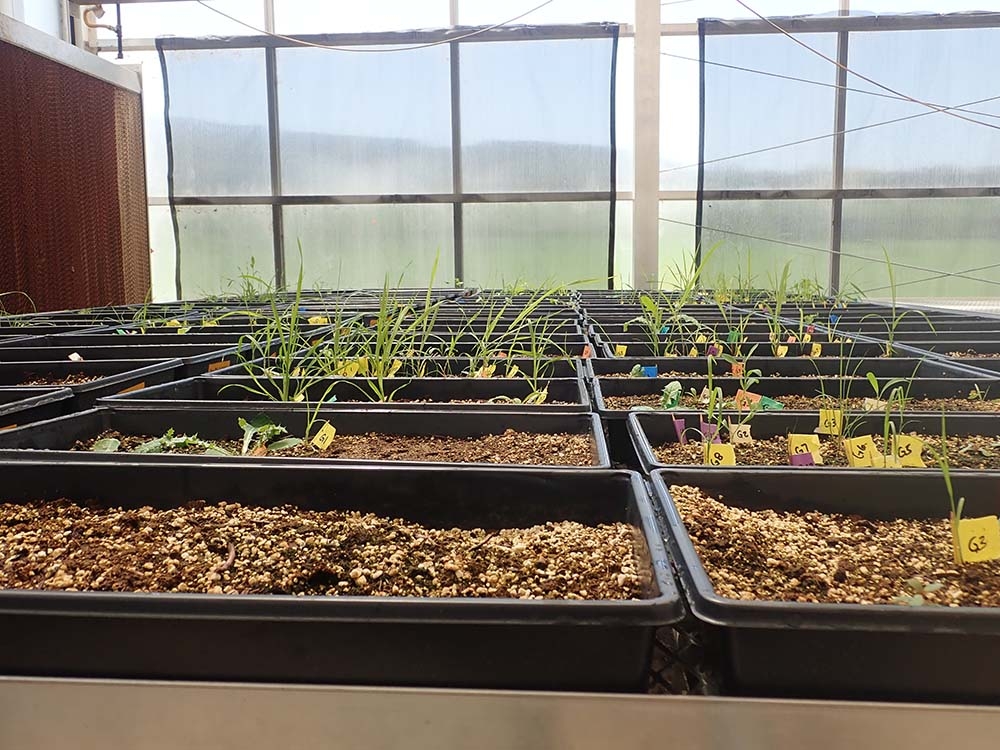
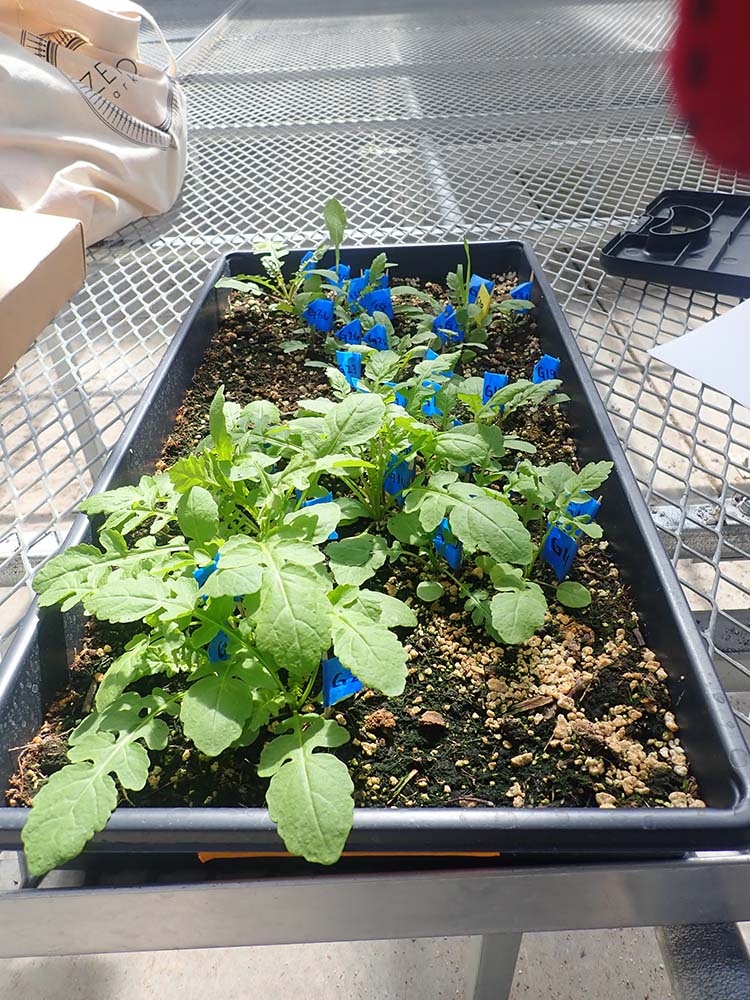
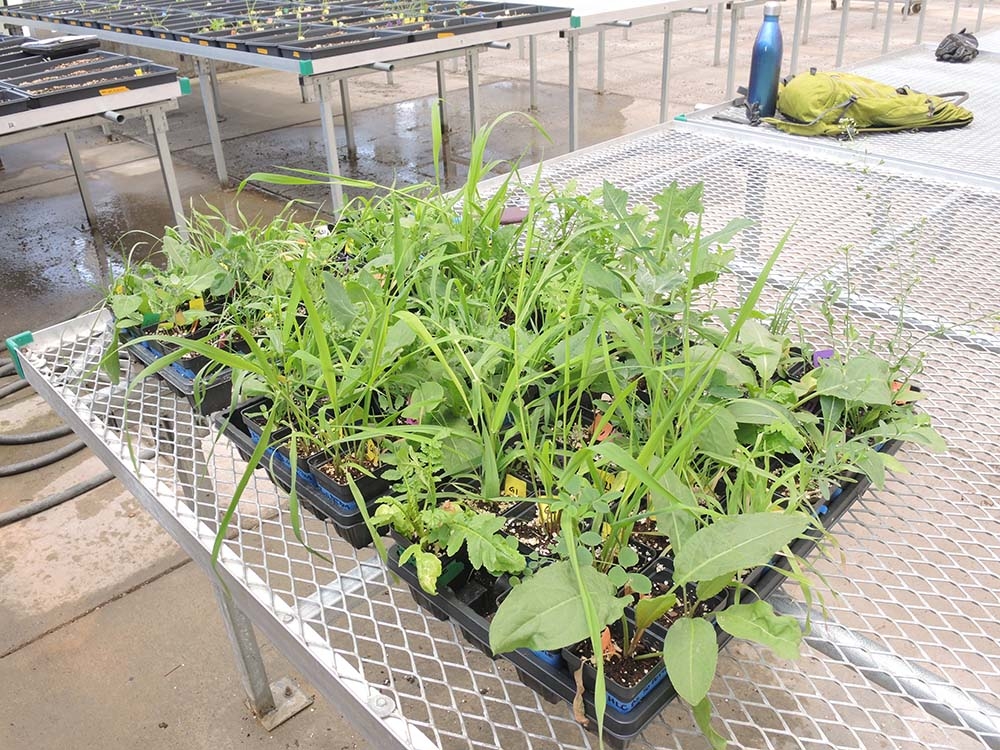
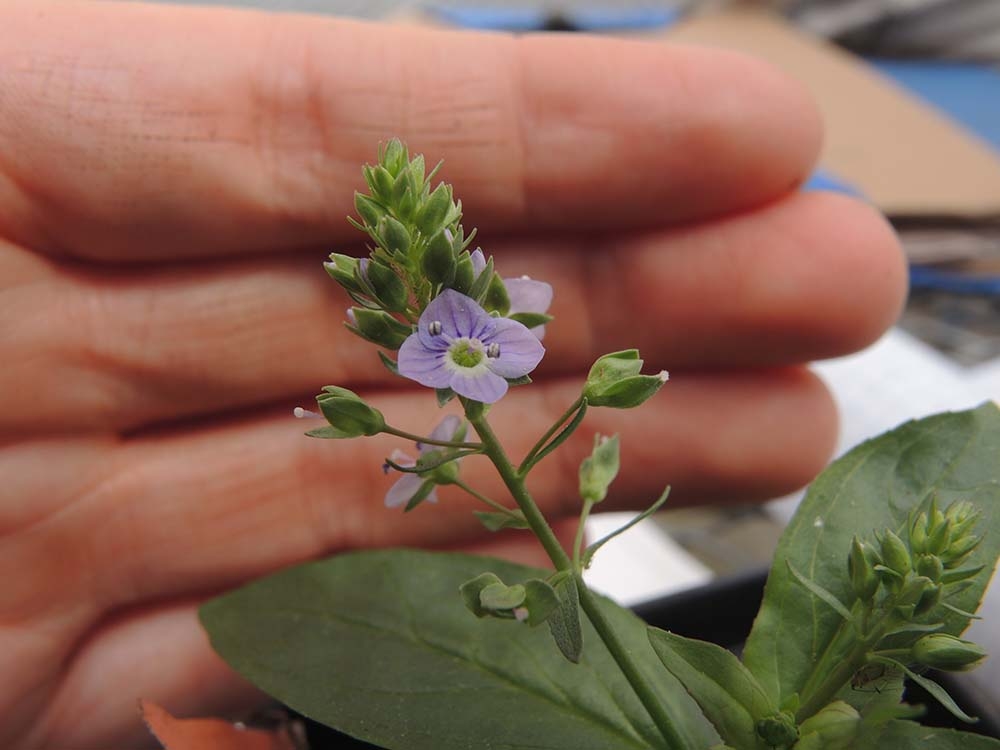
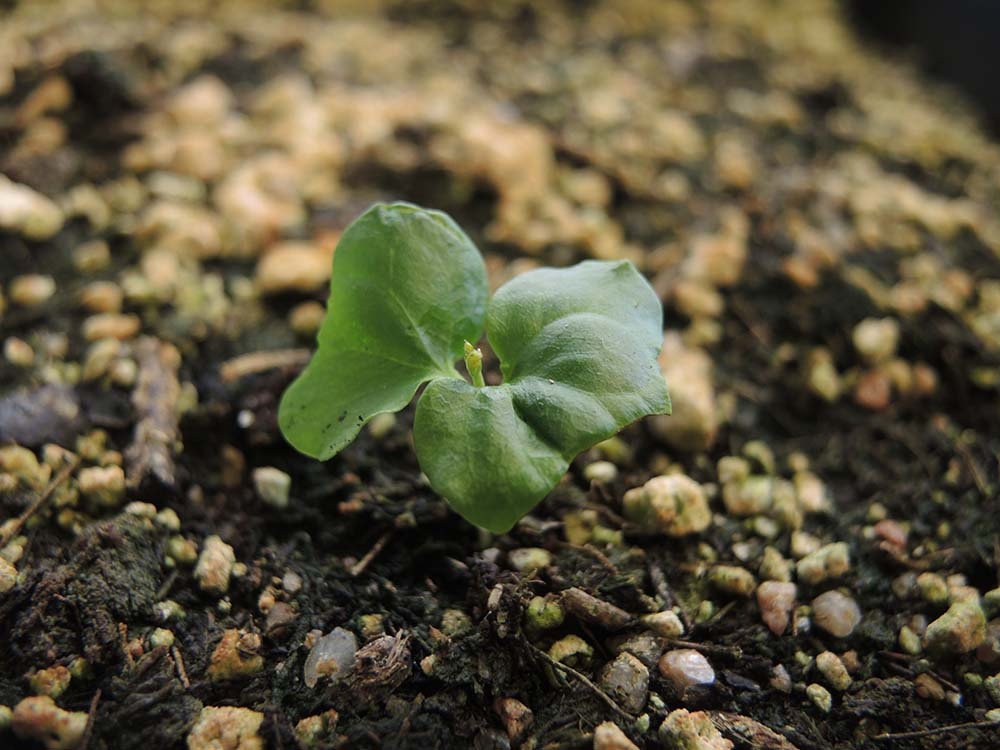
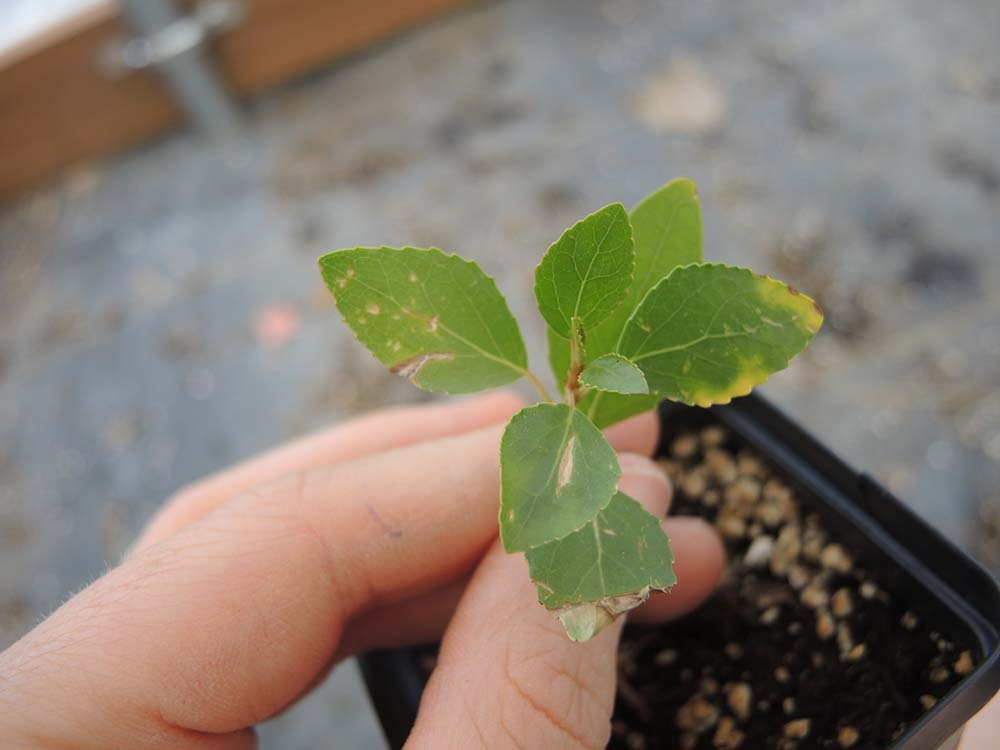
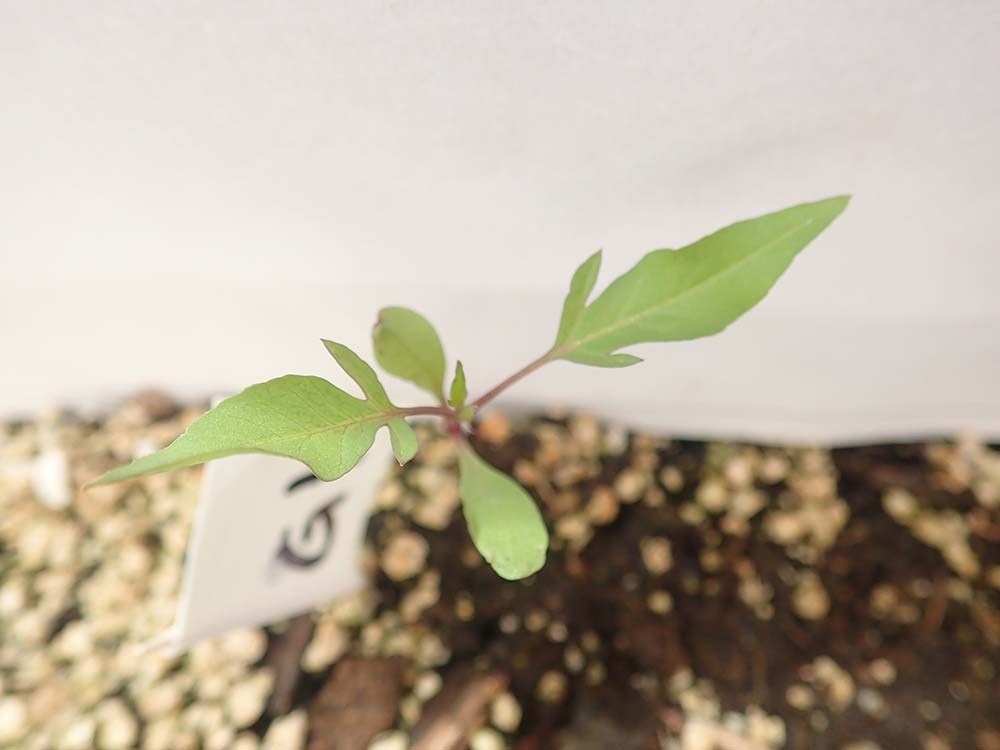

Add new comment